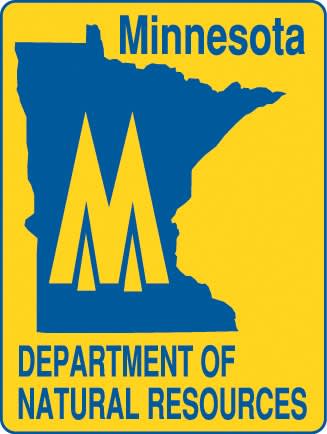University of Minnesota to Survey Deer Hunters on Bovine TB Management
OutdoorHub 07.20.12

An upcoming survey of Minnesota deer hunters aims to help state natural resource leaders make more informed decisions about wildlife disease response and deer management.
The University of Minnesota, in collaboration with Minnesota Department of Natural Resources (DNR) researchers, will soon send a survey to 2,000 randomly selected deer hunters who hunted in and around the state’s bovine tuberculosis (TB) management area of Northwest Minnesota. The survey will assess the state’s response to managing the bovine TB outbreak in wild deer. It also will address related risk factors, deer population goals and future deer management alternatives.
“Survey results will help us better understand how our clientele perceived our actions and identify potential process improvements for the future,” said Dr. Lou Cornicelli, DNR wildlife research manager. “Now is a good time to conduct the survey as Minnesota has regained its bovine TB-free status for cattle, and our agency is in what we hope to be the last year of wild deer disease surveillance.”
Bovine TB was discovered in cattle and free-ranging deer in 2005. The DNR and other agencies took aggressive actions to eliminate the disease. These actions, which included aggressive strategies to reduce deer densities in critical areas, helped Minnesota regain its Bovine TB-free status six years after the discovery of an infected beef herd.
Cornicelli said the survey also will enable the agency to obtain information on desired deer population size and how hunters believe deer should be managed in the future. For example, wildlife managers could increase deer densities quickly in the affected area by not allowing antlerless harvest but letting hunters take any legal buck. This would result in a rapid increase in herd numbers but a lower proportion of mature males in the population. Another management alternative is to limit the harvest of bucks (through an antler point restriction) while allowing some antlerless harvest. This would allow the population to increase more slowly, but more mature bucks would be in the population.
Steve Merchant, DNR wildlife programs manager, said that as the agency re-evaluates deer population goals across the state it is important to consider the opinions of deer hunters. In particular, those hunters affected by Bovine TB management. “They were very patient while we lowered deer numbers in the area. This survey will give us a sense of how they believe we should rebuild those numbers,” he said.
Results of the survey should be available this fall and will be posted on the DNR website. The DNR’s Fish and Wildlife Division conducts a number customer surveys each year. Survey results help guide management decisions.

